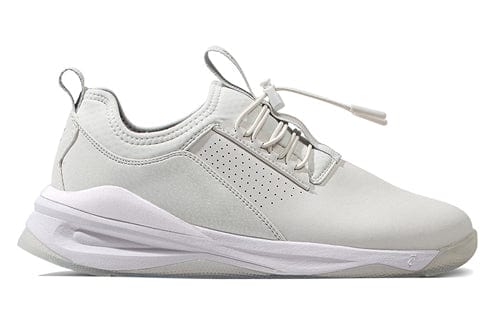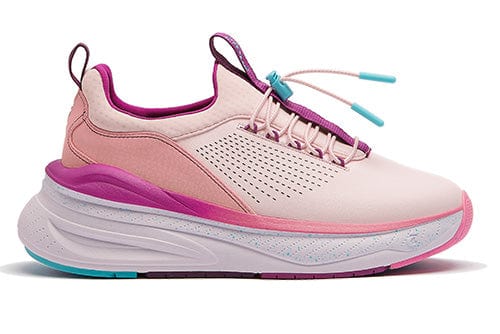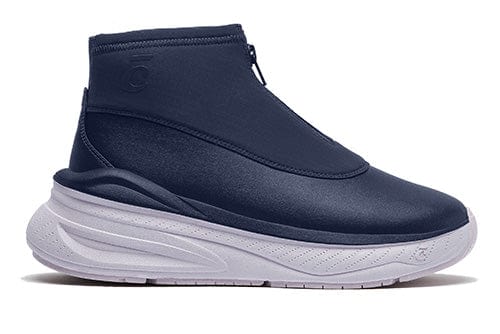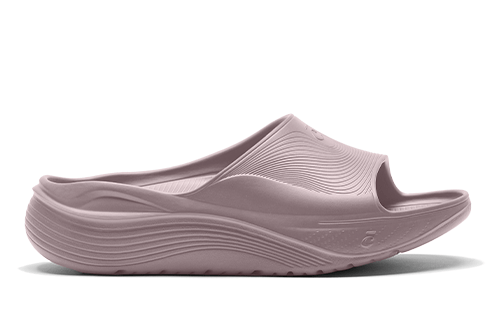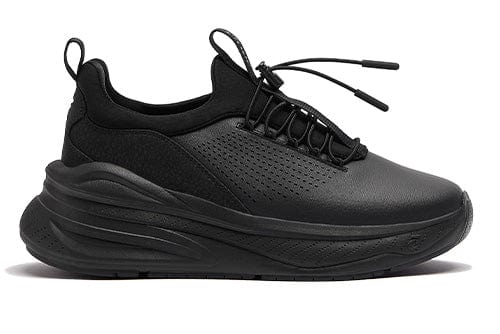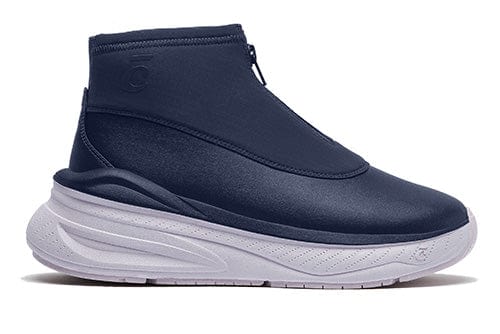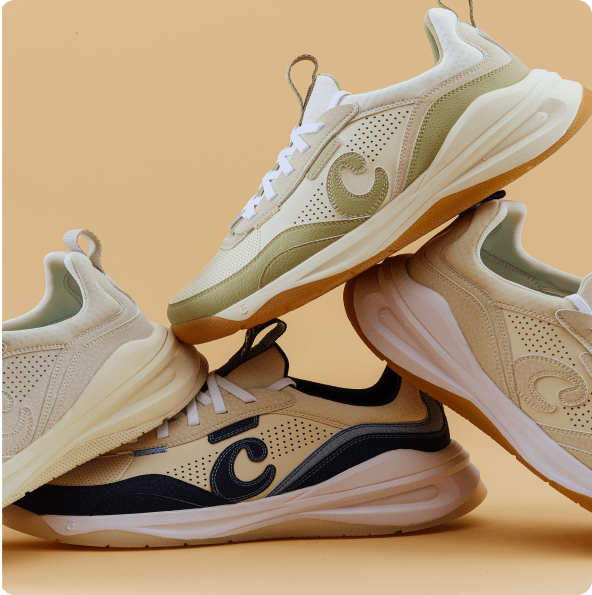Active Recovery Explained: What to Do on Rest Days
Understanding how to balance intense workouts with proper recovery is key to achieving your fitness goals. Active recovery is an essential component of a well-rounded exercise routine, helping to optimize muscle recovery, reduce soreness, and keep your body in peak condition. Let’s dive into what active recovery entails, its benefits, and how you can incorporate it into your rest days effectively.
Understanding Active Recovery
Definition and Importance of Active Recovery
Active recovery refers to engaging in low-intensity exercises following an intense workout to aid in the recovery process. Unlike passive recovery, where you completely rest and avoid physical activity, active recovery involves gentle movement that promotes blood flow to the muscles, enhancing the repair process and reducing muscle soreness. It's a more dynamic approach to recovery that keeps your body moving without the stress of a tough workout.
How Active Recovery Differs from Passive Rest
Passive rest involves complete cessation of physical activity, giving your muscles time to heal without any exertion. While this type of rest is important, incorporating active recovery can often lead to faster recovery times and less overall muscle fatigue. Active recovery workouts might include activities like walking, yoga, or light cycling, providing the benefits of continued movement while allowing your muscles to repair and rebuild.
Benefits of Active Recovery
Enhanced Muscle Recovery and Reduced Soreness
One of the main benefits of active recovery is enhanced muscle recovery. Engaging in low-intensity exercise on your rest day helps to flush out metabolic waste from your muscles, reducing muscle soreness and promoting quicker recovery. This can be especially beneficial after a strenuous workout, where delayed onset muscle soreness (DOMS) is common. By keeping your muscles gently active, you can mitigate the discomfort associated with intense exercise and muscle damage.
Improved Circulation and Flexibility
Active recovery also improves circulation, which is essential for delivering nutrients and oxygen to your muscles, facilitating faster muscle repair. This improved blood flow helps reduce muscle stiffness and increase flexibility, which is important for maintaining a full range of motion in your joints. Incorporating active recovery exercises like yoga or stretching can significantly enhance your overall flexibility, contributing to better performance in future training sessions.
Walking as an Ideal Active Recovery Exercise
Why Walking is Effective for Active Recovery
Walking is considered exercise, and it is one of the most effective and accessible forms of active recovery. It's low-impact, easy on the joints, and requires no special equipment beyond a good pair of sneakers. For joggers, walking can be a good alternative to running on a rest day. Many wonder, “Is it better to walk or run?” Walking at a brisk pace helps to elevate your heart rate just enough to promote circulation without causing additional muscle fatigue. It's an excellent way to stay active on your recovery day, providing all the benefits of active recovery without the intensity of more strenuous exercises.
Tips for Incorporating Walking into Your Routine
To make the most of walking as an active recovery exercise, consider the following tips:
- Choose the Right Footwear: Proper footwear is key to prevent injuries and ensure comfort during your walks. Clove sneakers for men and women are designed with those who walk all day in mind, offering superior support and cushioning, making them ideal for your active recovery routine.
- Incorporate Varied Terrain: Walking on different terrains, such as grass, trails, or slight inclines, can engage different muscle groups and enhance the recovery process.
- Stay Consistent: Aim for at least 20-30 minutes of walking on your active recovery day to reap the benefits. This consistent movement helps in maintaining your fitness level while allowing your muscles to recover.
- Mind Your Pace: Keep your pace brisk but comfortable. The goal is to elevate your heart rate slightly without overexerting yourself.
Other Active Recovery Activities to Consider
While there are many benefits of walking, diversifying your active recovery routine with other activities can provide additional benefits. Here are some other exercises to consider:
Gentle Yoga and Stretching Exercises
Yoga is a perfect complement to your active recovery day. It combines gentle movements with deep stretching, promoting flexibility and relaxation. Yoga helps alleviate muscle tension, enhance joint mobility, and it provides a calming effect that can reduce stress and improve mental clarity. Incorporate poses that target major muscle groups worked during your intense workouts to facilitate balanced muscle recovery.
Low-Impact Activities Like Swimming and Cycling
Swimming and cycling are excellent low-impact activities that offer cardiovascular benefits without placing undue stress on your muscles and joints. Swimming provides a full-body workout while the buoyancy of water reduces impact, making it an ideal choice for active recovery. Cycling, especially at a leisurely pace, keeps your legs moving and helps in flushing out lactic acid, aiding in muscle recovery.
Recover with Clove
Active recovery is a vital component of a balanced fitness routine, ensuring that your muscles recover efficiently while keeping your body gently active. Whether you choose walking, yoga, swimming, or cycling, incorporating these activities into your rest days can lead to faster recovery, reduced muscle soreness, and improved overall flexibility. Remember, the key is to listen to your body and adjust your active recovery routine to suit your individual needs and fitness goals.
With the right footwear, like Clove, you can ensure that every step you take is comfortable and supported. With the right approach, your rest days can become an integral part of your journey toward optimal health and fitness.
Sources:
- Northwestern Medicine. Science-Based Benefits of Yoga. https://www.nm.org/healthbeat/healthy-tips/fitness/science-based-benefits-behind-yoga
- Healthline. What You Need to Know About Active Recovery Exercise. https://www.healthline.com/health/active-recovery
- Medical News Today. What to know about active recovery. https://www.medicalnewstoday.com/articles/active-recovery


